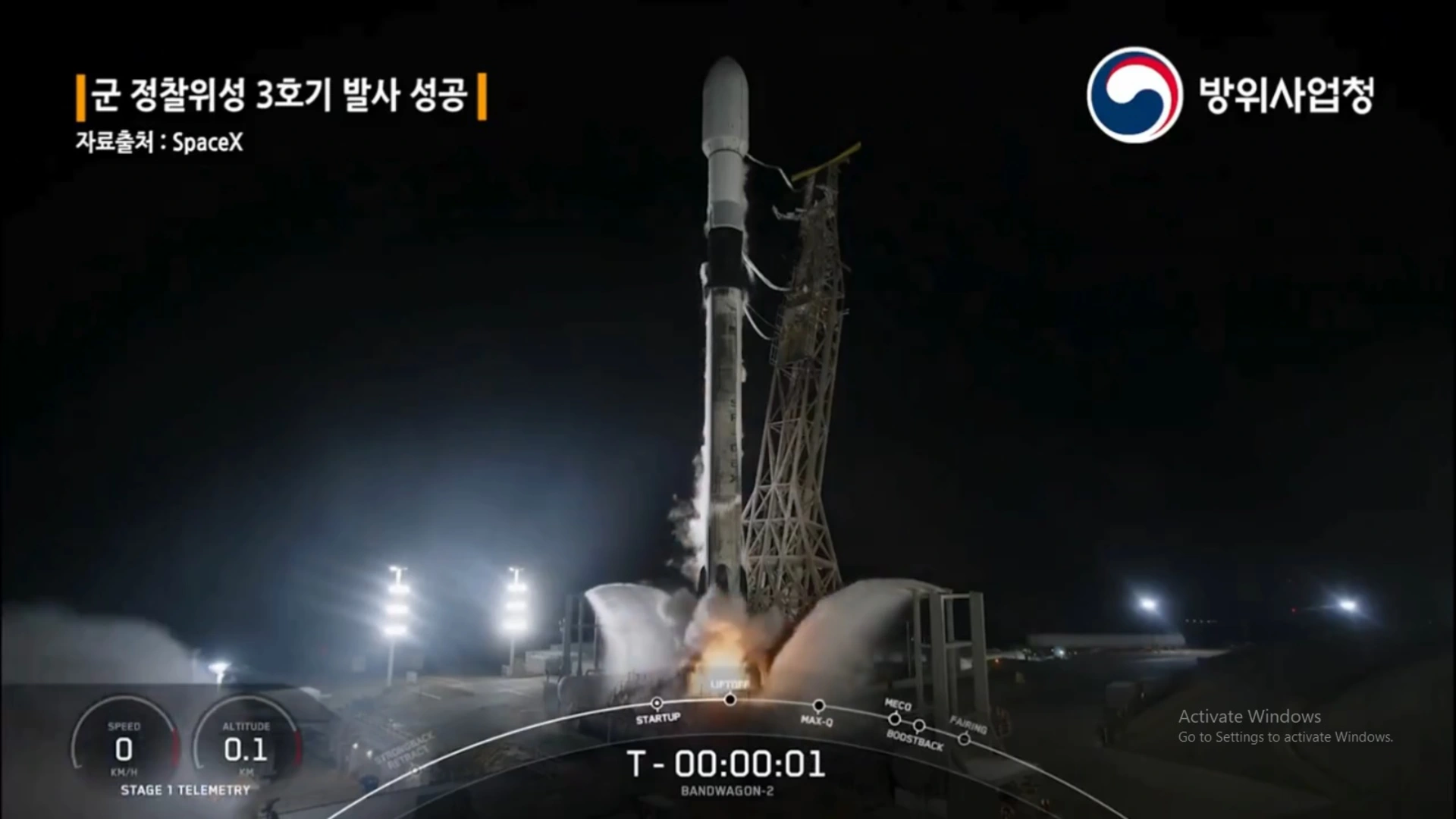China has anchored its largest coast guard vessel, the 165-meter “monster ship” CCG-5901, in Manila’s exclusive economic zone (EEZ) in the South China Sea. This development comes just days before Japan and the Philippines signed a deal to boost defense ties, raising concerns over regional stability.
The Vessel: CCG-5901
According to CNN, the China Coast Guard vessel CCG-5901 is anchored near Sabina Shoal in the Spratly Islands. The ship measures 541 feet in length and has a displacement of 12,000 tonnes, making it three times the size of US coast guard vessels. It is considered the largest regular coast guard ship in the world, except for a specialty US Coast Guard icebreaker, and is even larger than some US Navy destroyers. The CCG-5901 boasts more firepower than its US counterparts, equipped with two main 76.2-millimeter guns compared to one 57-millimeter gun on US vessels.
Philippines’ Concerns
The Philippine Coast Guard (PCG) reported that the vessel, which entered the 200-nautical mile area on July 2, is intended to intimidate its smaller neighbor. PCG spokesperson Jay Tarriela stated that the Chinese vessel was warned about being in the Philippine EEZ and asked about its intentions. The Chinese ship, which deployed a small boat, was anchored 800 yards from the PCG’s vessel and is five times its size.
“It’s an intimidation on the part of the China Coast Guard,” Tarriela said. “We’re not going to pull out and we’re not going to be intimidated.”
Strategic Implications
Ray Powell, a South China Sea expert, described the CCG-5901 as a central element in China’s paramilitary maritime force, designed more for intimidation than traditional coast guard missions. He noted that the vessel’s massive size allows it to project power without escalating to the level of deploying military ships.
The Philippines is particularly worried because China claims most of the South China Sea, including areas hundreds of kilometers from mainland China, leading to frequent tensions with Manila and other neighboring countries. Despite a 2016 ruling by The Hague-based Permanent Court of Arbitration rejecting China’s expansive maritime claims, Beijing continues to assert its dominance in the region.
Recent Tensions and Diplomatic Efforts
The recent arrival of CCG-5901 follows a series of aggressive actions by China in the South China Sea. In June, Chinese Coast Guard personnel rammed Philippine rubber boats and injured several sailors, prompting Manila to demand damages. Bilateral talks in Manila aimed at de-escalating tensions yielded some progress, but significant differences remain.
Philippines and Japan Strengthen Defense Ties
Amid rising tensions with China, the Philippines and Japan have signed a reciprocal access agreement (RAA) to boost defense cooperation. The pact, described as a “landmark achievement,” allows easier entry of equipment and troops for combat training and disaster response. This agreement, the first of its kind for Japan in Asia, reflects a shared commitment to ensuring a rules-based international order.
China’s Response
China has called on the Philippines to stop “maritime infringement” and stabilize bilateral relations. A spokesperson for the Chinese foreign ministry emphasized that the Asia-Pacific region does not need military blocs or confrontation, urging Japan to reflect on its history of aggression during World War II.







